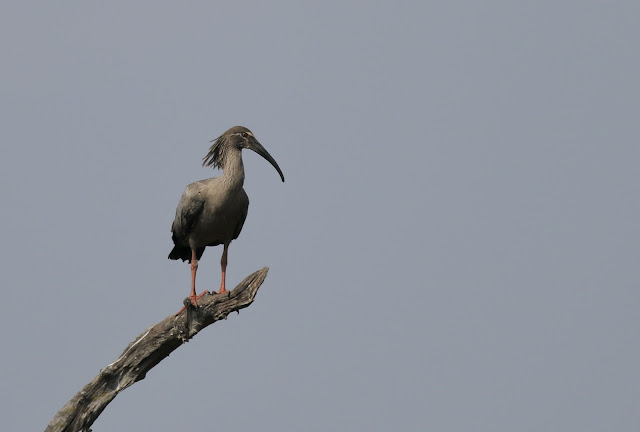The Whistling Heron is the only species in its genus but it is closely related to the Capped Heron which is another of the sought after herons of South America. Although they are found on either side of the Amazon Basin in agricultural areas, they are somewhat rare in northern Colombia where we saw one away from the llanos and it became one of the birds of the trip. Little did I know that I would see quite a few on my trip to the Pantanal in Brazil a couple years later in 2022 and then again in central Colombia in 2024. The first set of pics are from central Colombia and the last is from the Pantanal.




















